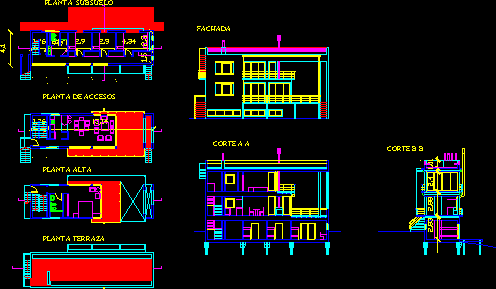
Like the one I did a couple of weeks ago with an open ceiling grid and some random tiles and fixtures. We can export for rendering, and then unload the link for construction documents.īut I typically only do this for very specific specialty ceilings. If it is just for rendering, I do this in a linked model. Individual curtain panels can be swapped out for lights, diffusers, etc. Then generate a 2x2 or 4x4 curtain system attached to the top of the mass. This takes so much time i’m sure there is a way to do this with ease using dynamo I just don’t know where to start. realign the t grids x and y location to line up with the Revit ceiling pattern.click on the new sloped glazing and change it elevation to 1/8" below the Revit ceiling (F.E.click the original ceiling and note the height (F.E.then edit the sloped glazing perimeter and erase it lines and paste the existing perimeter lines back in place. utilize our template sloped glazing ceiling grid over the existing ceiling by editing the original and copy the sketch lines.make a typical 1" thick ceiling with a 2x2 or 2x4 pattern and line it up with the correct height laser scanned point cloud.this takes forever for a larger project with many dropped ceilings. so we came up with the sloped glazing ceiling grid under the ceiling by 1/8" then you have to change the x and y to match up with the dumb grid.

The problem is when we export it out to SketchUp the ceiling grid lines disappear, so the designers need to redo the ceiling grid with ruby script ceiling grid(not an easy task in SketchUp).

when we have an existing ceiling grid we match it up with a typical 2 x 2 or 2 x 4 Revit ceiling grid.

when we laser scan a building and start building. OK here is my problem and I am just starting out.


 0 kommentar(er)
0 kommentar(er)
